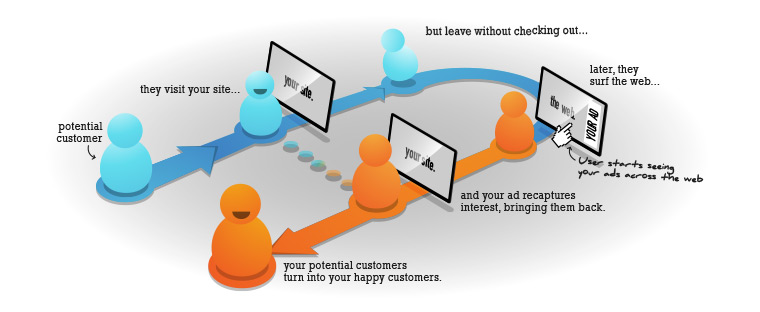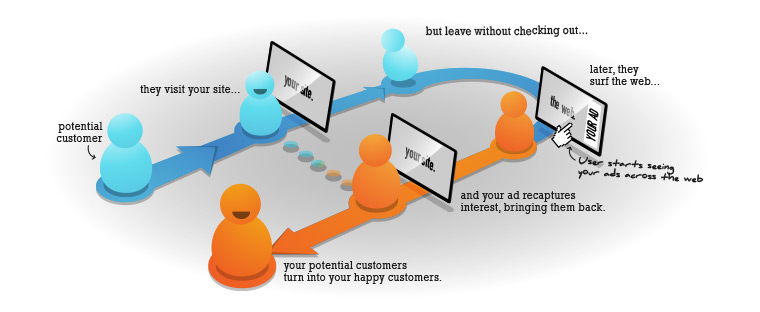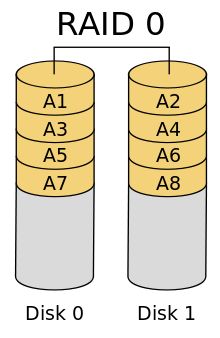There are three kinds of audience intelligence data that help you make the best of your retargeting campaigns: first, second, and third party. And it’s essential to know how you can use these different types of information in order to understand how you can most efficiently aggregate them in order to create a very successful retargeting campaign.
First-Party Data
First-party data generally refers to information that you have collected yourself regarding your website audience. In the context of retargeting campaigns, first-party data is often cookie-based data, and it includes information resulted from analytics platforms, CRM systems, or business analysis tools.
First-party data is usually the most valuable data you can gather about your audience, and it can become an effective resource when you factor in the design of your retargeting campaign.
First-party data is the essential element for retargeting campaigns, like Site Retargeting, Facebook Retargeting or CRM Retargeting. First party data offers valuable and specific information about your existing users and customers, and you can use it in your retargeting campaigns to target returning users according to their purchase history or interests in your products or services.
For example, Amazon uses successfully this strategy in their retargeting campaigns: their specific recommendations of products rely on first party data.
As a general rule in retargeting campaigns, the more personalized the ad, the higher the probability of conversion.
While first-party data is the most valuable aspect of your audience, eventually you will want to reach an audience that you don’t have first-hand information about. This means it’s time for second party and third party data.
Second-party data
Second-party data is generally first party data for someone else. Even if second party data isn’t accessible, you can negotiate with trusted partners who are willing to share their customer data with you. In order to function, this process has to work both ways, and you’ll also have to share your first party data with that certain company.
For example, a famous jewelry company might want to become partners with a high-end travel agency wit the purpose of finding new customers, based on demographic overlap. In this case, it’s a win-win situation for both companies. Other important roles of second party data are audience targeting and audience extension. Beneficial partnerships between companies can be of great help and, if chosen wisely, they can be efficiently used in crafting your retargeting campaign.
Third-party data
There are certain companies which sell third party data, which usually provide data purchased on a large scale from publishers. The advantage of third-party data is access to a large volume of information. However, information is also available to your competitors, so they won’t provide you unique audience data.
You can use third-party data for demographic, behavioral, and contextual targeting, or for eliminating bot traffic. It also plays an important role in audience targeting and audience extension.
The smart way to use these three types of data is to define your marketing goals and to decide which audience you want to reach (new customers or existing customers) and then hire a retargeting company, specialized in retargeting campaigns. A retargeting company can help you make the best of any type of data in order maximize your marketing online budget and to increase your conversions.





